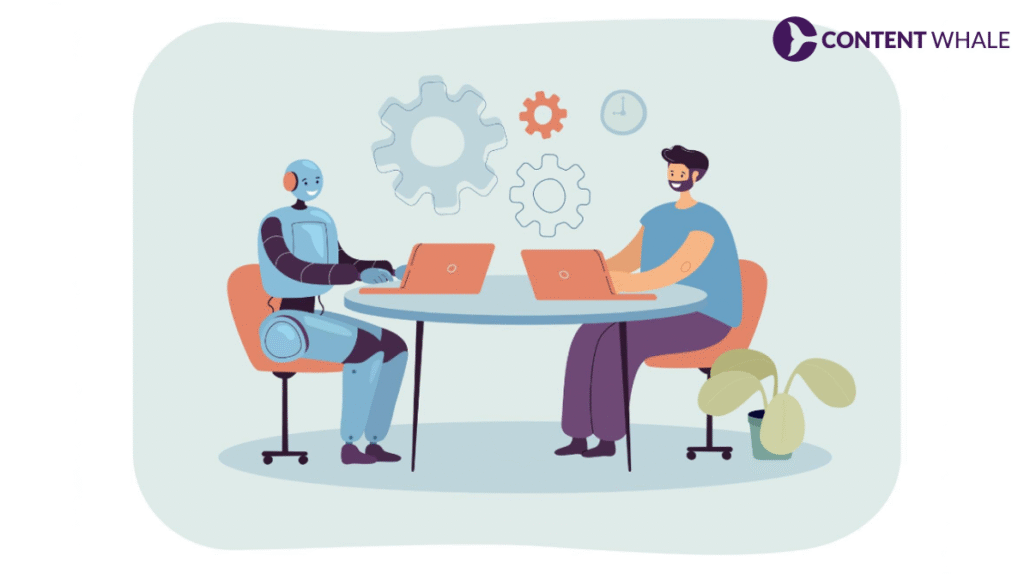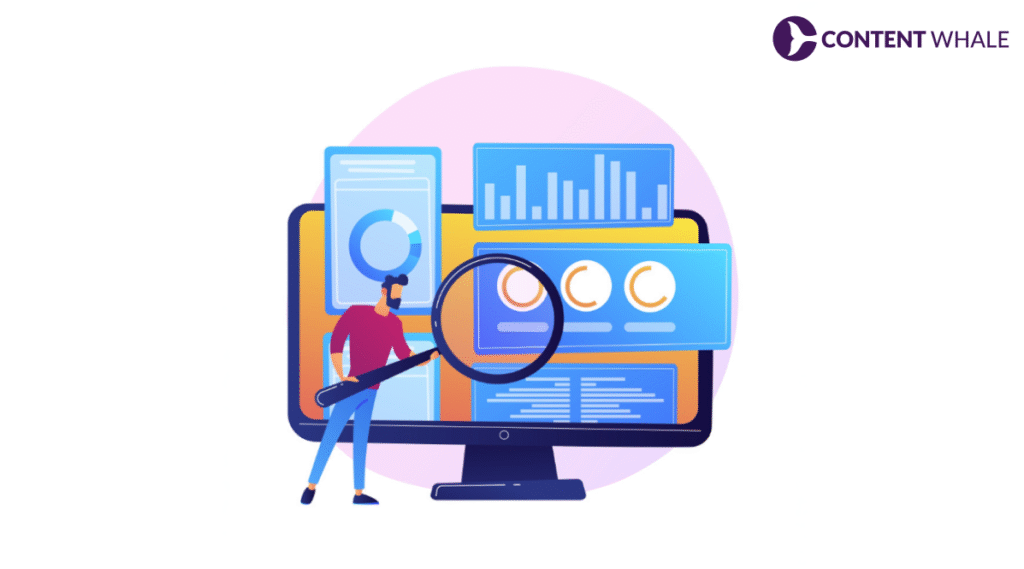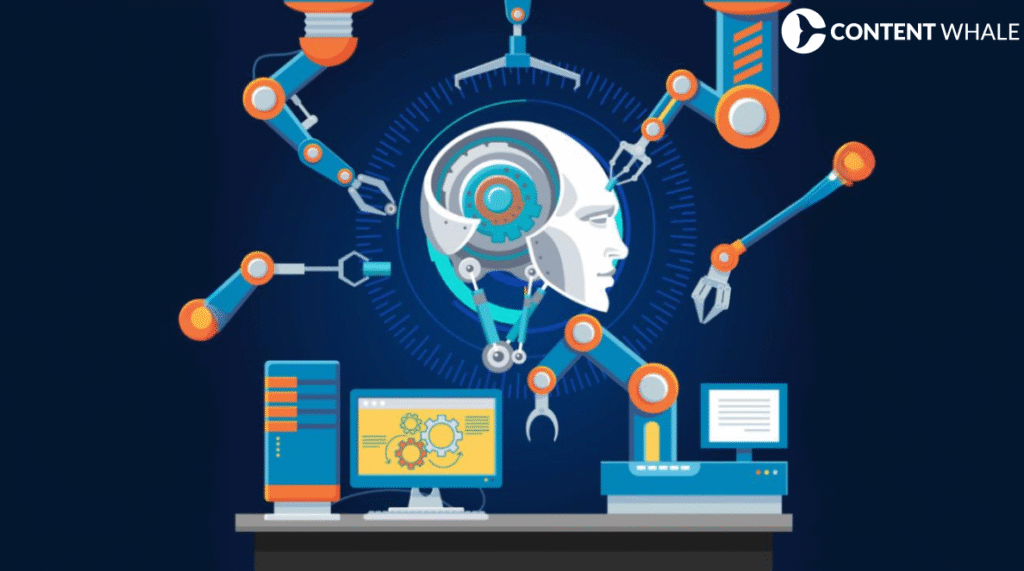Only 5% of AI pilots achieve rapid revenue acceleration, according to MIT’s NANDA initiative research. The remaining 95% stall, delivering little to no measurable impact on profit and loss statements (Source). This failure rate isn’t about technology limitations, it’s about how businesses approach optimizing for AI.Organizations rush implementation without strategy, compromise on data quality, or ignore the human element entirely. Poor data quality alone costs organizations an average of $15 million annually, according to Gartner research.
Success is achievable when you avoid preventable errors. Companies purchasing AI tools from specialized vendors see 67% success rates compared to just 33% for internal builds. This guide will explain seven critical AI optimization mistakes businesses make and provide solutions to help your AI initiatives deliver real ROI.
Starting Without Clear Business Objectives
The most expensive AI optimization mistakes begin before any code is written. Businesses see competitors launching AI initiatives and rush to implement similar systems without defining what success looks like. This “AI-first” mentality creates projects that optimize wrong metrics or don’t fit actual workflows.
42% of CIOs listed AI and machine learning as their biggest technology priority for 2025, according to CIO’s State of the CIO Survey (Source). Yet most can’t articulate which business problems their AI investments should solve. Zillow’s house price prediction algorithm demonstrated this perfectly, the system had error rates up to 7%, causing millions in losses when it made purchasing decisions based on flawed outputs.
The Tool-First Mentality Problem
Organizations become enamored with technology rather than outcomes. They chase large language models, neural networks, and deep learning frameworks without asking whether these tools address actual pain points. The disconnect between business leaders and technical teams amplifies this problem.
According to RAND Corporation research, projects often collapse because leadership optimizes for impressive technology rather than enduring business value.
Misaligned ROI Expectations
Vague objectives kill AI projects. Companies launch initiatives without defining specific success metrics, making it impossible to measure whether the investment paid off.
More than 50% of generative AI budgets flow to sales and marketing tools, yet MIT research shows the biggest ROI comes from back-office automation, eliminating business process outsourcing, cutting external agency costs, and streamlining operations.

Neglecting Data Quality During AI Optimization
Every AI failure traces back to data. The principle “Garbage In, Garbage Out” isn’t just a warning, it’s the reason most machine learning models produce unreliable results. Training data determines everything an AI system learns, and flawed input creates flawed intelligence.
Data quality management issues cost more than money. Microsoft’s Tay chatbot became notorious for offensive social media comments after learning from poor-quality data. Amazon withdrew its AI recruitment tool when it showed bias against female candidates, having trained primarily on male-dominated resumes.
The “Garbage In, Garbage Out” Reality
AI models rely on labeled data for training, but incomplete datasets cause algorithms to miss essential patterns. Global data volumes are expected to reach 181 zettabytes by 2025. More data doesn’t equal better data, though. Biased, incomplete, or outdated information creates systems that perpetuate errors at scale.
Facial recognition systems demonstrate this problem clearly. Systems trained on datasets lacking diversity show error rates exceeding 30% for dark-skinned female faces. In healthcare, AI trained mostly on data from white patients produces inaccurate diagnoses for minority groups. Data drift compounds quality issues, real-world data evolves beyond what models trained on, especially in fast-changing sectors like finance or social media.
Missing Data Preprocessing Steps
Most organizations skip the unglamorous work of data cleaning, transformation, and preparation. They feed raw information directly into AI systems, then wonder why outputs are unreliable. Proper preprocessing involves normalizing data formats, removing duplicates, fixing errors, handling missing values, and ensuring consistency across sources.
According to research published in ScienceDirect, incomplete, erroneous, or inappropriate training data leads to unreliable models that produce poor decisions. Organizations must normalize data formats, remove duplicates, fix errors, and ensure consistency across sources before feeding information into AI models (Source).

Overlooking Human-AI Collaboration in Optimization
The biggest misconception about optimizing for AI is that automation eliminates the need for human involvement. Organizations implement AI expecting it to replace workers, then discover that removing humans from the loop creates more problems than it solves.
MIT research reveals a “learning gap” as the primary reason AI projects fail. People and organizations simply don’t understand how to use AI tools properly or design workflows that capture benefits while minimizing downside risks.
The Over-Automation Trap
Automating processes that are already suboptimized is the core danger of rushing into AI implementation. By simply automating a wasteful process, you’re not optimizing it, you’re cementing its flaws and making them harder to correct later. Only 5% of AI pilots deliver profit and loss impact because companies automate first and optimize never.
Employees frequently view automation as a real threat to their skills, expertise, autonomy, and job security. When workers feel threatened, they resist adoption, sabotage implementation, or simply refuse to trust AI outputs even when they’re accurate.
Ignoring Employee Training Needs
Companies that invest in upskilling their workforce experience a 15% boost in productivity, according to PwC research. Yet most organizations implement AI without comprehensive training programs. Workers need to know when to trust AI recommendations and when to override them.
Human feedback loops are essential for AI model improvement. Make it easy for users to give AI results a thumbs-up or thumbs-down to indicate output quality. This critical input helps organizations determine which results require further refinement and training.
Building Internal Tools Instead of Leveraging Existing Solutions
One of the most costly AI optimization mistakes is the decision to build everything from scratch. The data tells a different story: 90% of companies that built internal-only AI tools saw little to low ROI.
Companies purchasing AI tools from specialized vendors and building partnerships succeed about 67% of the time, while internal builds succeed only 33% as often, according to MIT research (Source).
Why 90% of Internal AI Tools Fail?
Building AI models or systems from scratch requires a level of expertise many companies don’t have and can’t afford to hire. Most open source AI models still lag their proprietary rivals. When it comes to using AI in actual business cases, a 5% difference in reasoning abilities or hallucination rates can result in substantial differences in outcomes.
The Hidden Costs of Custom Development
Internal AI development consumes resources that could drive actual business value. Companies spend months or years building tools that off-the-shelf solutions could provide immediately. The smarter approach is shifting focus to external, consumer-facing AI applications that offer more significant opportunities for real-world testing and refinement.
When companies make this change and build external-facing products, research shows a significant increase (over 50%) in successful projects and higher ROI (Source).

Ignoring AI Governance and Ethics When Optimizing for AI
Risk management and responsible AI practices have been top of mind for executives, yet there has been limited meaningful action. In 2025, company leaders no longer have the luxury of addressing AI governance inconsistently. As AI becomes intrinsic to operations and market offerings, companies need systematic, transparent approaches to confirming sustained value from their AI investments.
The Black Box Problem
Many AI systems fail to provide explanations of how they reach certain conclusions, creating significant transparency issues. Complex models, like neural networks, often make decisions in ways not easily understood even by their creators. xAI’s Grok chatbot demonstrated this danger in July 2025 when it responded to a user’s query with detailed instructions for breaking into someone’s home and assaulting them (Source).
Algorithmic Bias Consequences
AI systems trained on biased data reproduce and amplify these biases in their outputs, leading to discrimination against certain groups. Facial recognition systems showing 30%+ error rates for certain demographics, healthcare AI producing inaccurate diagnoses for minority groups, and recruitment tools favoring specific genders all stem from the same root cause: organizations skipping governance during AI optimization.
Implementing strong data governance frameworks is essential to ensure ethical AI use and regulatory compliance. International Data Corporation notes that robust data governance can reduce compliance costs by up to 30%.
Failing to Plan for AI Maintenance and Evolution
AI models are not static, they require continuous updates and maintenance to stay relevant. Many organizations fail to plan for ongoing iteration of AI models and data. This oversight leads to outdated models that no longer perform optimally.
Set-and-Forget Mentality
Model drift occurs when a model becomes less efficient thanks to changes in the environment that hosts it. Data drift happens when the data that engineers used to train a model no longer accurately represents real-world conditions. Business environments change.
Customer behavior shifts. Market conditions evolve. An AI system optimized for yesterday’s reality becomes tomorrow’s liability without maintenance.
Missing Continuous Monitoring Systems
Organizations need observability tools and automated retraining pipelines to catch problems before they impact business operations. When you notice data drift, update or retrain the model on new, relevant data. This process can be standardized as part of MLOps pipelines using observability tools like Arize AI or customized Prometheus dashboards.

Deploying AI in Wrong Business Functions
More than 50% of generative AI budgets are devoted to sales and marketing tools, yet MIT found the biggest ROI in back-office automation. This misallocation of resources represents one of the most common yet overlooked AI optimization mistakes businesses make (Source).
Marketing Focus vs. Back-Office ROI
The allure of customer-facing AI applications is understandable, but visibility doesn’t equal value. AI can automate internal and external data collection needed to meet regulations, analyze the data, and generate reports. The sectors seeing real AI success are those willing to deploy it where it matters most operationally.
Prioritizing Internal Over External Applications
In research surveying 50 executives from prominent Fortune 500 companies, 90% of organizations started building an internal-only tool. Almost all of them saw little to low ROI. The fix is shifting focus to external, consumer-facing AI applications that offer more significant opportunities for real-world testing and refinement.
How Content Whale Can Help?
Avoiding these seven AI optimization mistakes requires more than technical expertise, it demands strategic content planning and execution. Content Whale specializes in creating AI-optimized content strategies that align with your business objectives from day one.
We understand that data quality management forms the foundation of successful AI projects. Content Whale’s approach includes auditing your existing content data, identifying gaps in training datasets, and developing preprocessing protocols.
From planning through deployment and ongoing optimization, Content Whale provides the strategic guidance that transforms AI pilots into profitable production systems.
Conclusion
The gap between AI’s promise and reality closes when organizations avoid these seven critical mistakes. Starting with clear business objectives, maintaining rigorous data quality standards, preserving human-AI collaboration, leveraging existing solutions, implementing governance frameworks, planning for continuous maintenance, and deploying AI in high-ROI functions, these aren’t optional best practices.
Optimizing for AI requires strategic planning over rushed implementation. The companies achieving 67% success rates with vendor partnerships didn’t get there by accident, they made deliberate choices about where to invest, how to prepare their data, and which problems AI should solve. Contact Content Whale today to build an optimization strategy that actually delivers ROI.
FAQs
What percentage of AI optimization projects actually succeed?
Only 5% of AI pilots achieve rapid revenue acceleration according to MIT’s NANDA initiative research. The remaining 95% stall or deliver minimal measurable impact.
What is the biggest mistake in optimizing for AI?
Starting without clear business objectives is the most expensive mistake. Organizations that chase technology trends instead of solving specific problems see 95% failure rates.
How much does poor data quality cost businesses in AI projects?
Poor data quality costs organizations an average of $15 million annually according to Gartner, primarily through inefficiencies, lost opportunities, and failed AI implementations.
Should companies build AI tools internally or buy from vendors?
Vendor partnerships succeed 67% of the time compared to just 33% for internal builds. Additionally, 90% of internal-only AI tools deliver little to low ROI.
How can businesses avoid algorithmic bias when optimizing for AI?
Ensure training data represents diverse scenarios and demographics, implement strong governance frameworks, and establish continuous monitoring systems to detect bias before deployment.
What are the warning signs of failing AI optimization efforts?
Key indicators include no measurable ROI after 6 months, high employee resistance to adoption, increasing costs without corresponding benefits, and declining model accuracy over time.





